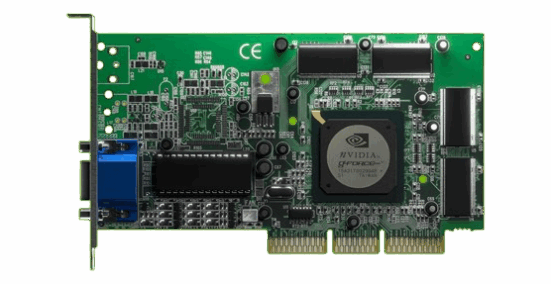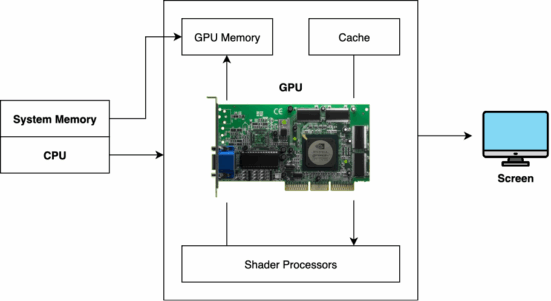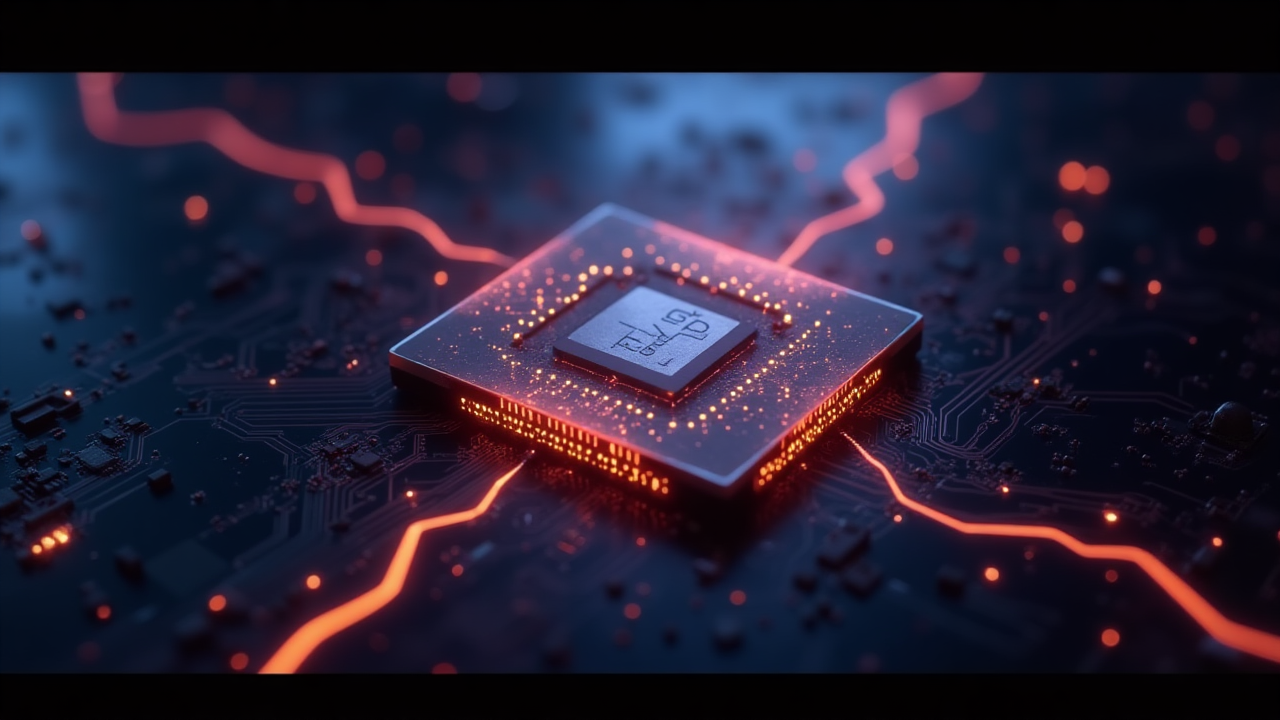The artificial intelligence (AI) revolution which is driven by the graphic processing unit (GPU) is changing the way we think, live, work, operate our businesses and provide public services. The impact of AI can be seen across numerous industries such as education, healthcare, finance, manufacturing, agriculture, security, logistics and energy.
The graphic processing unit (GPU) plays a significant role in accelerating the AI revolution. The GPU is an electronic circuit designed to speed computer graphics and image processing on video cards, system boards, mobile phones, and personal computers (PCs). In the beginning, GPUs were primarily known for their capabilities in rendering graphics for 2D and 3D gaming. Over time, as it evolves, GPUs have not only enabled games to run at higher resolutions with faster frame rates but also enhanced the overall gaming experience. Importantly, given their abilities to accelerate the training and inferences processes, GPUs have become an essential component for developing as well as deploying AI models that have many applications which can unlock new possibilities and opportunities in the areas of e-commerce, drug discovery, and content generation. Figure 1 presents the world’s first GPU, the GeForce 256, which was released by NVIDIA in 1999.

GPUs are built with parallel processing architecture that enable them to deliver better speed and efficiency compared to the traditional central processing units (CPUs). Consequently, this architecture allows the GPU to process vast amounts of data and execute multiple calculations simultaneously. This is essential for training AI models, which are continuously expanding in size and complexity. According to the technology company NVIDIA, the complexity of AI models is growing 10 times a year, highlighting the increasing demand for more powerful GPU systems. Figure 2 below shows the general architecture of a GPU.

Different types of GPUs have been developed to meet specific requirements and usage scenarios. Among the common types of GPUs included consumer graphics cards, workstation GPU, mobile GPU, AI accelerator, data center GPU, and cloud GPU. Currently, the GPU market is heavily dominated by NVIDIA. Jon Peddie Research reported that in the first quarter of 2025, NVIDIA captured a dominant 92% share of the add-in board (AIB) GPU market share, outpacing its competitors like Advanced Micro Devices (AMD) and Intel.
In addition, various industries have benefited from the use of NVIDIA’s GPU technology. Among these industries included automotive, energy, financial, and manufacturing. In the automotive industry, where the BMW Group’s car sales have doubled over the past 10 years, customers have been offered an average of 100 different customizable options for their new vehicles. As a consequent, the highly customizable options have created immense challenge for logistics workflow due to millions of parts entering the automotive factories from 4,500 supplier sites with 230,000 unique part numbers. The BMW Group addressed this challenge by using five AI-enabled robots developed from the NVIDIA’s Isaac robotics platform. These robots were trained on real and synthetic data using the deep neural networks together with the NVIDIA GPUs. The navigation robots were able to transport the materials autonomously and the manipulation robots managed to select and organize the numerous parts.
In the case of the energy industry, Shell has worked together with NVIDIA for its hydrocarbon extraction. Shell used to have difficulty in interpreting seismic data to locate salt boundaries beneath the earth’s surface because the interpretation was done manually by seismic interpreters. The energy company solved the difficulty by utilizing deep learning (DL) to train and analyzed 3D seismic volumes to predict salt boundary locations more accurately. Also, by adopting the NVIDIA DGX A100, the company managed to speed up the 3D volume inference process as well as reduced the time needed to analyze each seismic volume.
The financial industry has also benefited significantly from the adoption of NVIDIA GPU technology. For instance, the Deutsche Bank has partnered with NVIDIA to enhance its financial services. Traditionally, tasks such as price discovery, risk valuation and model back testing were performed on massive CPU-driven server grid farms. However, by using the NVIDIA’s GPU accelerated computing capabilities, more accurate results were delivered in real time for customers while lowering the overall costs by as much as 80%. In addition, the NVIDIA GPUs managed to develop the 3D virtual avatar that assist employees to navigate internal systems as well as responding to HR-related inquiries.
The manufacturing firm KSB is an international supplier of innovative pumps, valves, and systems. This firm used to rely on simple screen captures for internal communications and customer presentations. However, as customers demand realistic images, making high-end visualization become more important than ever. As a result, the company integrated the NVIDIA Iray into the Siemens NX to allow their design engineers to create photorealistic images which improved the quality and realism of product visuals. The high-end visuals in the presentations have also help to raise the standards of their product design for their customers.
Although the GPU technology offers impressive computational capabilities to accelerate AI adoption across various industries, it also presents several challenges. For instance, high-end GPUs have four times power density compared to CPUs which can cause higher heat output. The increase in power density also requires powerful cooling systems to ensure proper heat dissipation, prevent malfunctioning and consistent system performance especially for large-scale deployments in the AI data centers.
According to the study by Civo, the exponential growth in the demand for GPUs has led not only to the widespread GPU shortages but also resulted in 85% of organizations reporting project delays. These shortages are also forcing organizations to allocate larger share of their budgets to hardware, leaving fewer resources cater to the human capital needs. High-performance GPU models such as the NVIDIA’s H100 and A100 are also very expensive and they are inaccessible to smaller enterprises and research institutes. As such, these smaller organizations will be unable to compete and innovate as the big organizations.
The GPU technology has evolved from rendering graphics for gaming to serving as the backbone of modern AI. However, the rapid adoption of GPU technology has presented various challenges such as energy efficiency, high costs, and supply shortages. These challenges need to be overcome in order to exploit the full potential of AI in the various industries. As AI models continue to grow in complexity and demand more computational power, the role of GPUs will remain critical in unlocking the next wave of AI development.



